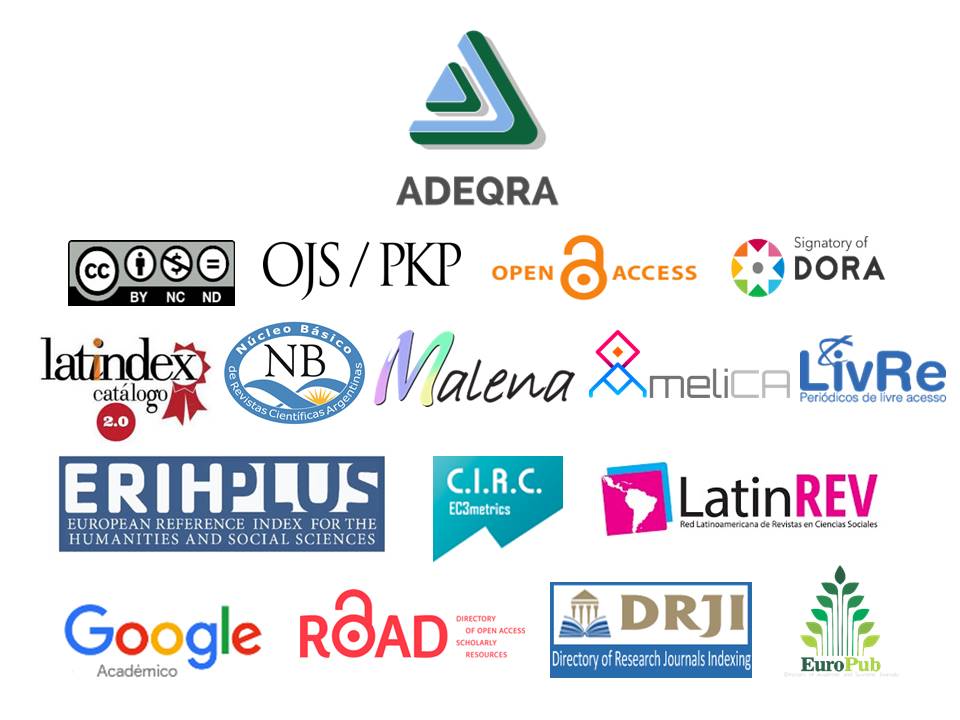Teaching Immunochemistry in the time of a pandemic
Keywords:
virtual education, pandemic, immunochemistry, university teachingAbstract
Just before starting teaching our courses we were hit by a global pandemic that resulted in a mandatory lockdown. Classrooms were closed and we as teachers found ourselves in a situation where information and communications technology were our only tools. In this unexpected situation, we have been enforced to teach without a face-to-face environment. This article aims to analyze the experience of virtual education of immunochemistry in the context of the COVID-19 pandemic. A series of considerations and tips to bear in mind are summarized here. Although we are facing a transitory situation and we still have a lot to learn, these educational technologies will undoubtedly be part of our future courses.
References
Huertas, J. A., Ardura, A. y Nieto, C. (2008). Cómo estudiar el papel que el desempeño docente y las formas de comunicación juegan en el clima motivacional del aula. Sugerencias para un trabajo empírico. Educação, 31(1), 9–16.
Katz, M. (1996). Teaching organic chemistry via student-directed learning: A technique that promotes independence and responsibility in the student. Journal of Chemical Education, 73, 440–445. https://doi.org/10.1021/ed073p440
Lage, M. J., Platt, G. J. y Treglia, M. (2000). Inverting the Classroom: A Gateway to Creating an Inclusive Learning Environment. The Journal of Economic Education, 31(1), 30–43. https://doi.org/10.1080/00220480009596759
Lorenzo, M. G. (2018). Los contenidos de ciencias naturales en la enseñanza universitaria: especificidad, abstracción y orientación profesional. Aula Universitaria, 19. https://doi.org/10.14409/au.v0i19.6709
San Nicolás, M. B., Fariña Vargas, E. y Area Moreira, M. (2013). Competencias Digitales Del Profesorado Y Alumnado En El Desarrollo De La Docencia Virtual. El Caso De La Universidad De La Laguna. Revista Historia de La Educación Latinoamericana, 19, 227–245.
Torp, L. y Sage, S. (1999). El aprendizaje basado en problemas. Desde el jardín de infantes hasta la escuela secundaria. Buenos aires: Amorrortu.
Wiederhold, B. K. (2020). Connecting through Technology during the Coronavirus Disease 2019 Pandemic: Avoiding “zoom Fatigue.” Cyberpsychology, Behavior, and Social Networking, 23(7), 437–438. https://doi.org/10.1089/cyber.2020.29188.bkw
Published
How to Cite
Issue
Section
License
Copyright (c) 2021 María Belén Sarratea

This work is licensed under a Creative Commons Attribution-NonCommercial-NoDerivatives 4.0 International License.



